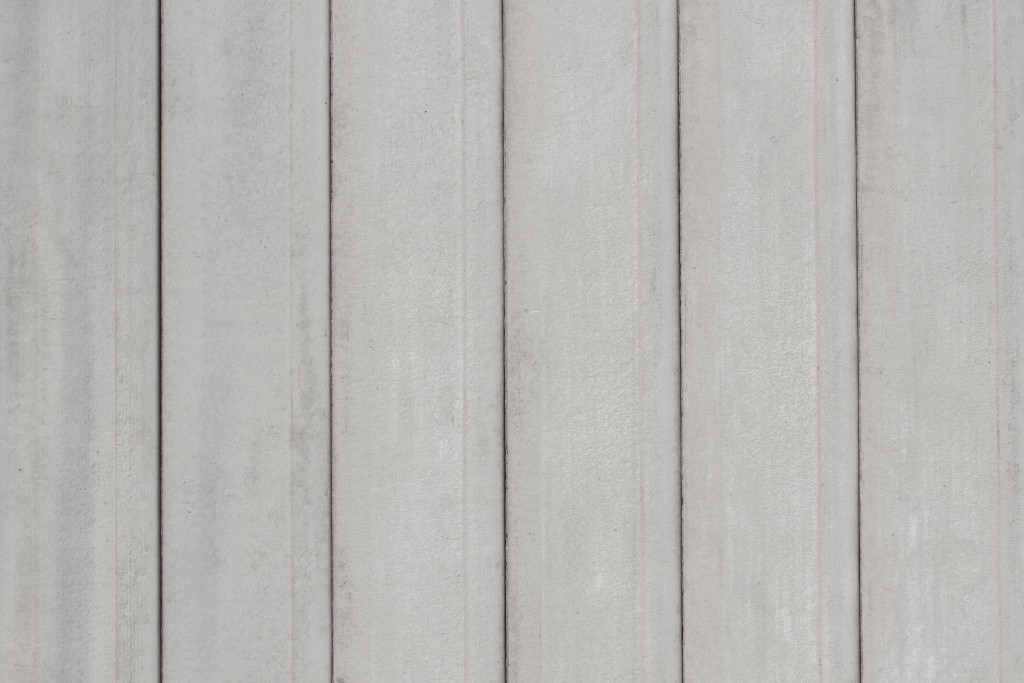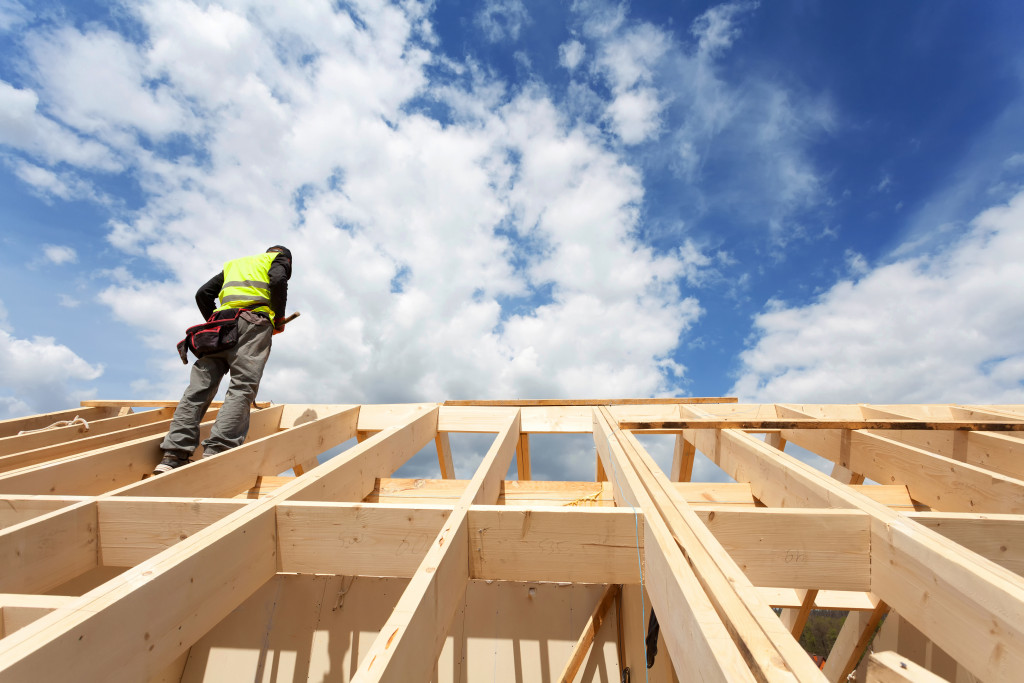Whether a simple house or a major building, building construction projects always has a major effect on the environment. The resources used for building as well as the construction techniques can be damaging to nature. Fortunately, modern materials can help with that. Thanks to technological development, prospective builders now have access to materials that were formerly unavailable, and here are a few examples.
Recycled Wood and Metal
Recycling has been around for a long time, but it has only been recently when it has been aggressively implemented. The result is that people are recycling items that were not considered before. Two good examples would be wood and metal. In the past, both of these would end up in the scrap heap and have no other use.
With the modern awareness of limited resources, several companies turn to old wood and metal to give them new life. For example, some commercially available brands for wooden panels like sturdy Trex fencing panels take wood from various resources and turn them into composite lumber for alternate usage. Recycling metals is much easier since they can be melted down and cast into new shapes.
Bamboo
Bamboo is a great sustainable building material. While it has been used in construction for centuries, especially in wooden buildings in Asia, it hasn’t penetrated the Western market as much. It is mainly because of the preconception that it is a primitive building material. However, the modern usage of bamboo proves this idea false.
For example, bamboo can be a great flooring material. The proper technique can give your home wood flooring that looks like any traditional wood. The difference is that bamboo grows fast, with bamboo harvests done every three years instead of the usual 25 for other woods. This makes them cheaper and easier to find a source.
Cork
Another great sustainable material is cork. Another old material like bamboo, people have been using cork for 5000 years. However, the difference is that it was mainly for sealing bottles. Most people know it for this purpose. It is still a dominant purpose for the material, but construction has given it more modern uses.
For example, it is an excellent covering material. Homeowners can use it for flooring and wall panels. Besides looking great, they can dampen noise and provide natural insulation. The great thing about cork is that it is only the bark of the cork oak. This means it can be harvested without causing any damage to the tree so that future harvests can be done again in the future.
Pre-cast Concrete

While initially, there might not seem to be any difference between concrete mixed on-site with pre-cast concrete, certain factors make the latter more sustainable. Mainly, there is lower energy usage when pouring pre-cast concrete slabs than having to do the job at the construction site.
Additionally, mixers also have the luxury of taking additional time to make the concrete better. With proper curing, the concrete would be tougher and more durable. The addition of foam insulation would also make it better for temperature control.
Sheep’s Wool
ool has a reputation for being used in fabrics. But it also has a surprising use as an insulation material. Considering the issues that people face with temperature, having a cheap, sustainable insulator can be very useful.
The standard modern insulation material is polyurethane or fiberglass, both of which are technically plastics. Wool provides a more natural solution though it has a higher price tag. But it makes up for it since it is easy to harvest, and raw wool is easy to integrate into any building. It can also be simple to replace when necessary compared to other materials.
Timbercrete and Ferrock
These two concrete variants are grouped because their primary approach is to mix in regular concrete with other substances to create something much better. Timbercrete uses waste material from sawmills. The result is a lighter material than concrete that has wooden properties.
This means you can nail or even screw slabs of them together. Ferrock does something similar but for metal shavings. The result is a tougher concrete mix that also helps absorb carbon from the air. Both of these provide builders new options for their buildings.
The world has already seen many problems, and you shouldn’t be contributing to any of them. The small contribution of only using eco-friendly materials may not seem much, but if they receive mass adoption, it can cause a massive shift in resource usage. Check out what’s out there and see if any material will meet your needs.

